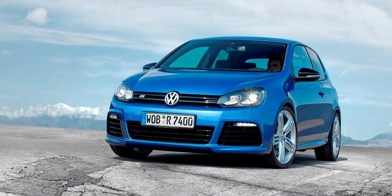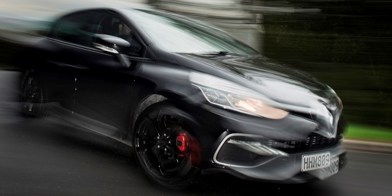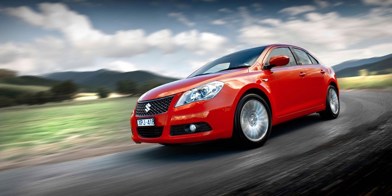It’s been a while between hybrids for Honda New Zealand. The last one was the CR-Z coupe in 2016. Before that the previous-generation Civic sedan, which disappeared in 2015. And slightly earlier the second-generation Jazz hatchback, which bowed out in 2013.
So it’s easy to forget that Honda was a pioneer of the petrol-electric hybrid technology that’s becoming such a big thing now. The Insight was launched way back in 1999, beating the Toyota Prius both to market and to export.
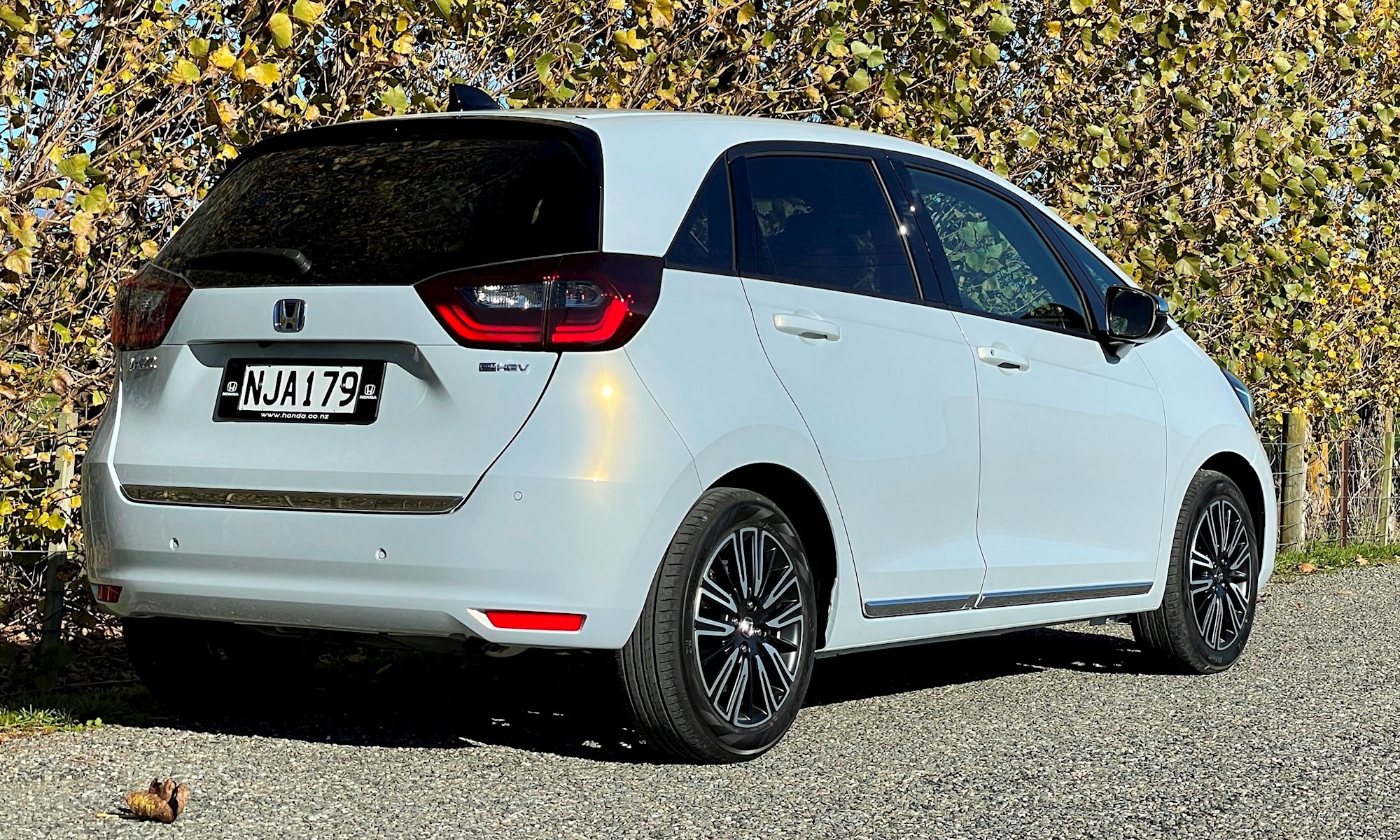
The Japanese maker is clearly looking to regain its hybrid high ground with an intriguingly techy petrol-electric version of the all-new Jazz.
The flagship Jazz Luxe e:HEV is far from a “normal” (Prius-style, in other words) hybrid. For a start, there are three very different modes.
In EV Drive the petrol engine charges the battery, which then powers the electric motor to drive the wheels (an arrangement sometimes called a “range-extender”).
In Hybrid Drive, the petrol engine runs directly to a motor-generator which then drives the electric motor.
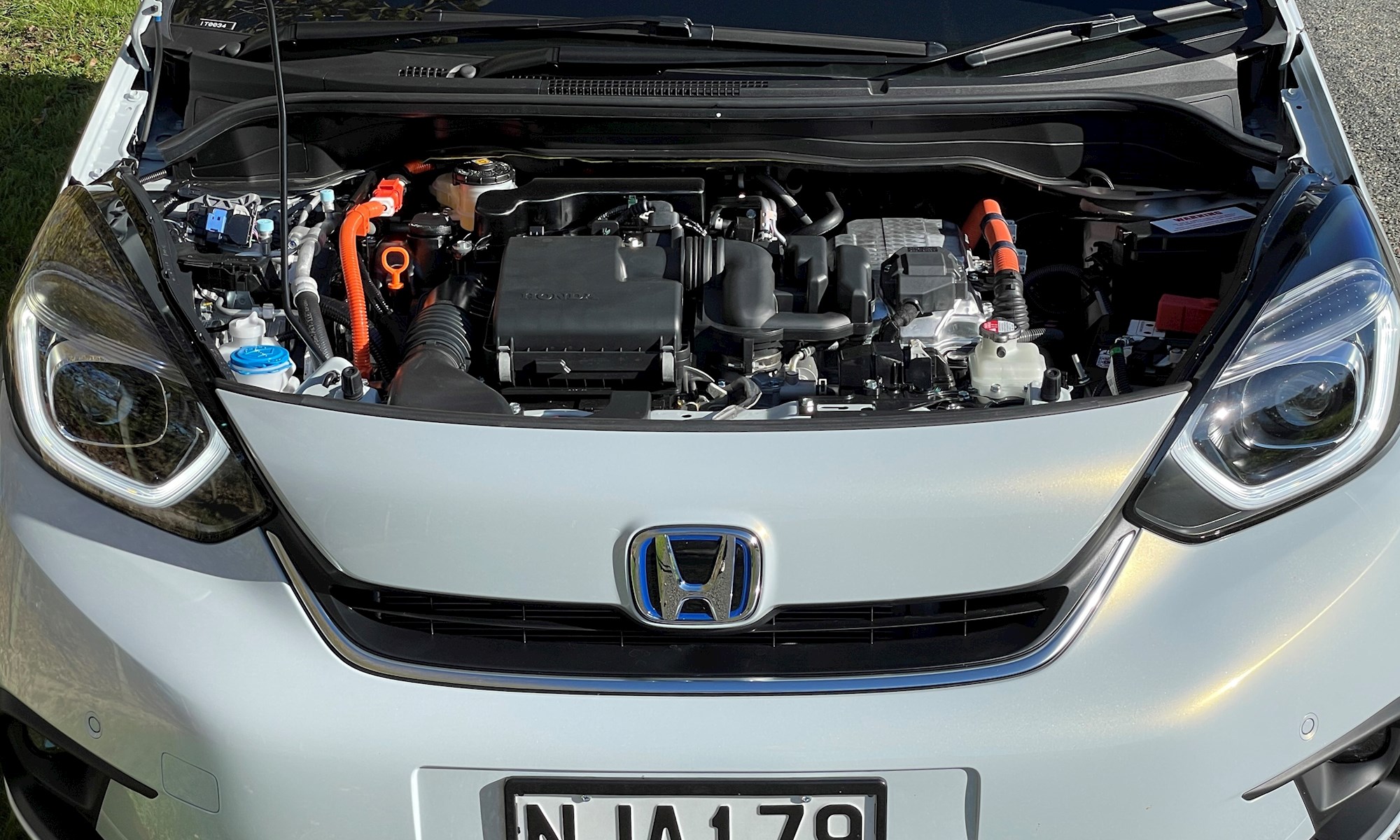
Finally, Engine Drive simply lets the petrol engine drive the wheels directly (which never happens in EV or Hybrid modes), mostly at higher speeds.
The petrol engine makes 72kW/131Nm, the electric motor 80kW/253Nm. Don’t make the mistake of adding them together for a “combined” output (although that would be impressive), because that’s not how it works. And no, you don’t plug the Jazz e:HEV in, even though the drive to the wheels is pure-electric in two of the three modes.
Got all that? Good. Now you can pretty much forget about it, because this complicated car is actually very simple to drive. You can’t select individual modes and you’re never sure which is in operation, save an “EV” light on the dash when the battery/electric motor combo is doing its thing (it’s not necessarily silent of course, because the petrol engine might be running to charge the battery).
As you’d expect, the car prioritises electric power as much as possible. It all works brilliantly and there’s not nearly as much drive-experience disconnection from the petrol engine as you might expect. Put your foot down and it will still rev like a conventional car – it’s just that the extra grunt is going into the battery or generator.
Honda claims fuel economy of 2.8l/100km from the e:HEV. That’s from a Japanese-market test, so don’t compare it too closely to the rival Toyota Yaris hybrid’s 3.3/100km. We didn’t have the time or environment to evaluate that during our open-road preview drive in Nelson, but it’ll be fascinating to see what a future test car can do in a city commute.
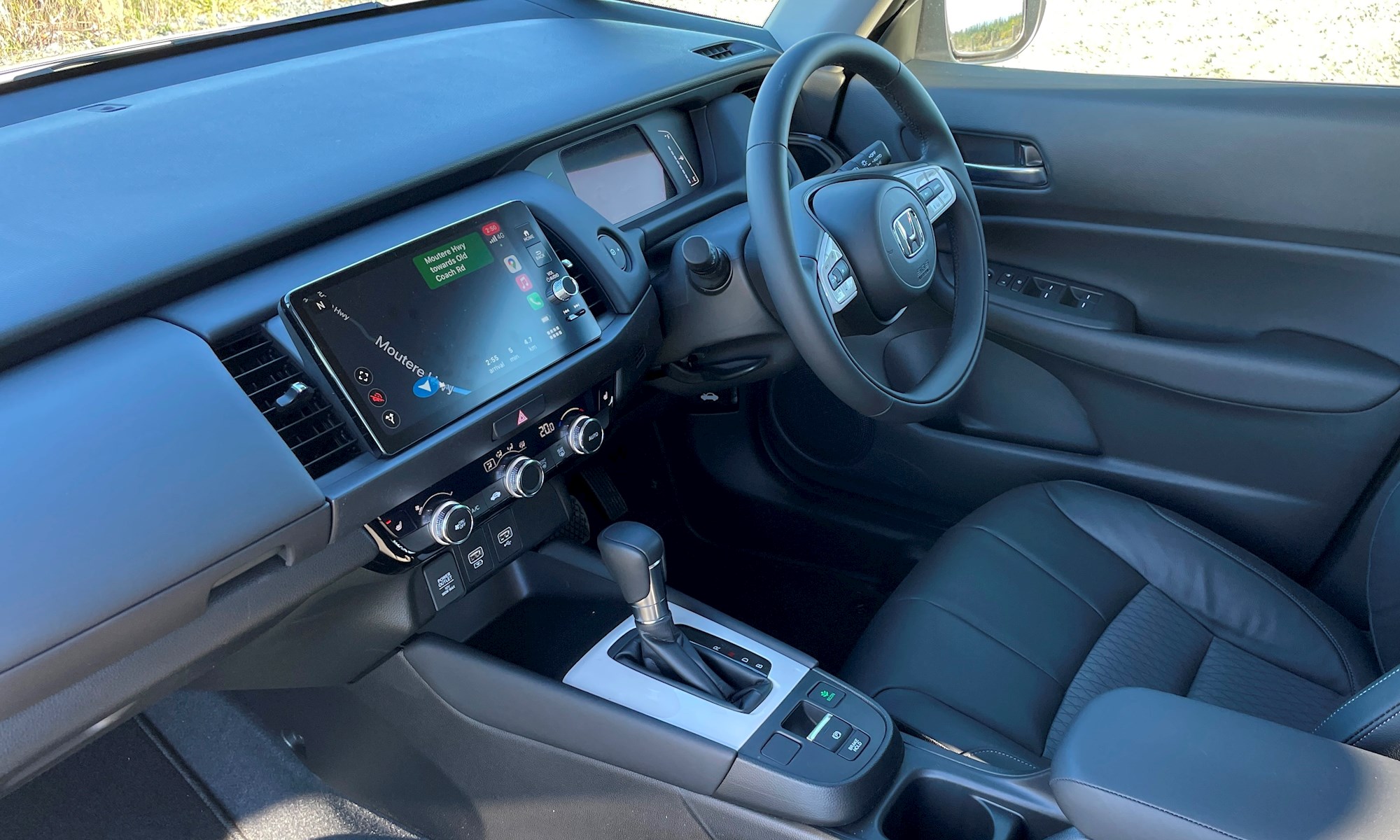
The Luxe e:HEV is very much the technology flagship of the new Jazz range. It’s $35,000 and comes fully loaded with the full suite of Honda Sensing active safety equipment (a first for Jazz), leather upholstery and lots of different interior detail trim.
There are more conventionally powered models, although Honda has broadened the range here as well. The entry $28,000 Jazz Life (below, in red) has a regular 89kW/145Nm version of the new 1.5-litre iVTEC engine, driving through a Continuously Variable Transmission (CVT).
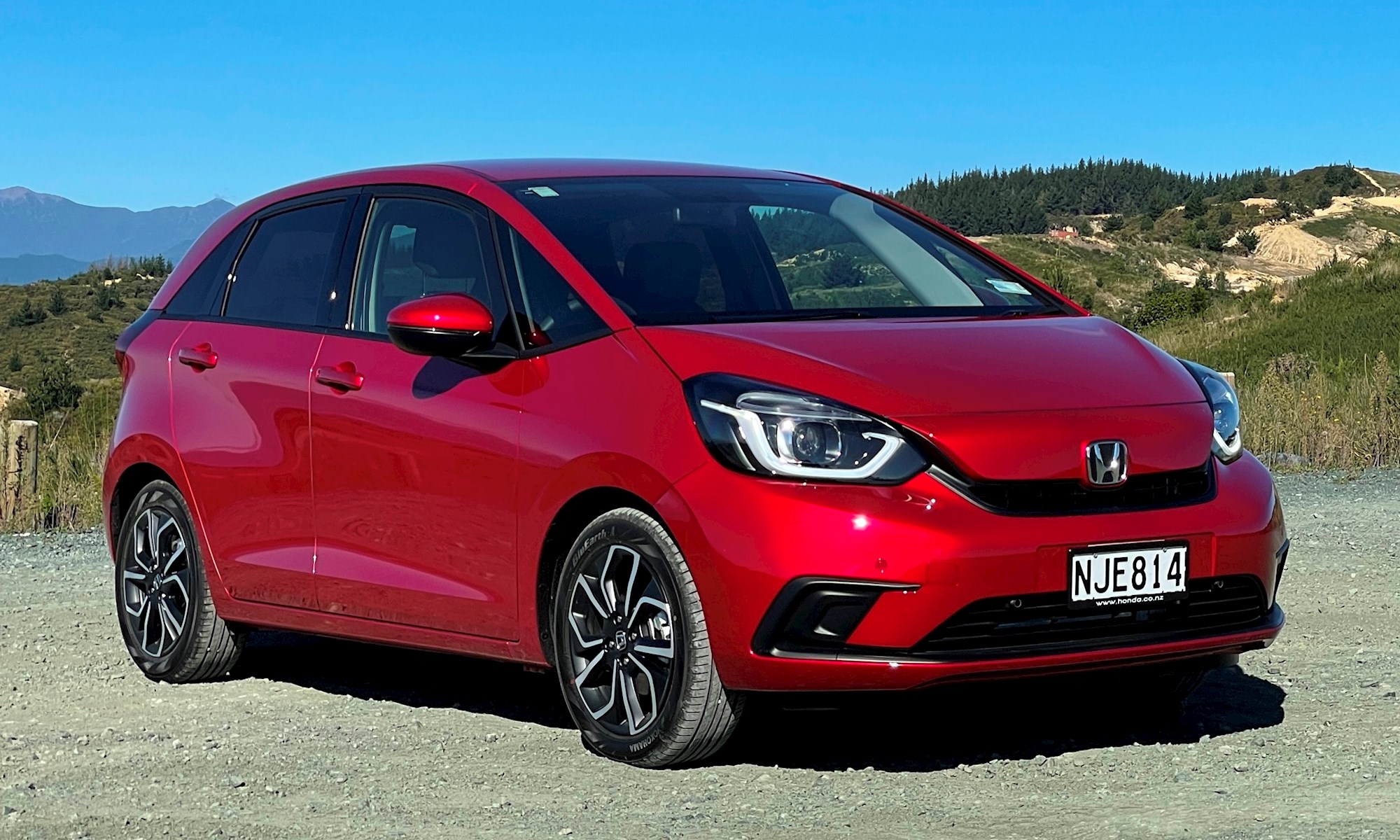
Conceptually this is the Jazz as we used to know it, and a great platform to highlight the huge advances made in smoothness and refinement over the previous model. Wind and road noise are incredibly well suppressed; the engine is much quieter too, although the low NVH levels of the rest of the car mean you do notice the scratchy soundtrack from the engine at speed.
The Life is nimble enough, but it’s the new SUV-style Jazz Crosstar (below, in blue) that impresses in terms of ride and handling.
This $30,000 crossover has lots of chunky bits stuck to the outside, but the 30mm-raised suspension also comes with recalibrated (quicker) steering and suspension. So yes, it rolls more but the Crosstar also flows over bumpy Kiwi roads in a more engaging way than either the Life or Luxe. It’s not faster, it’s just more fun.
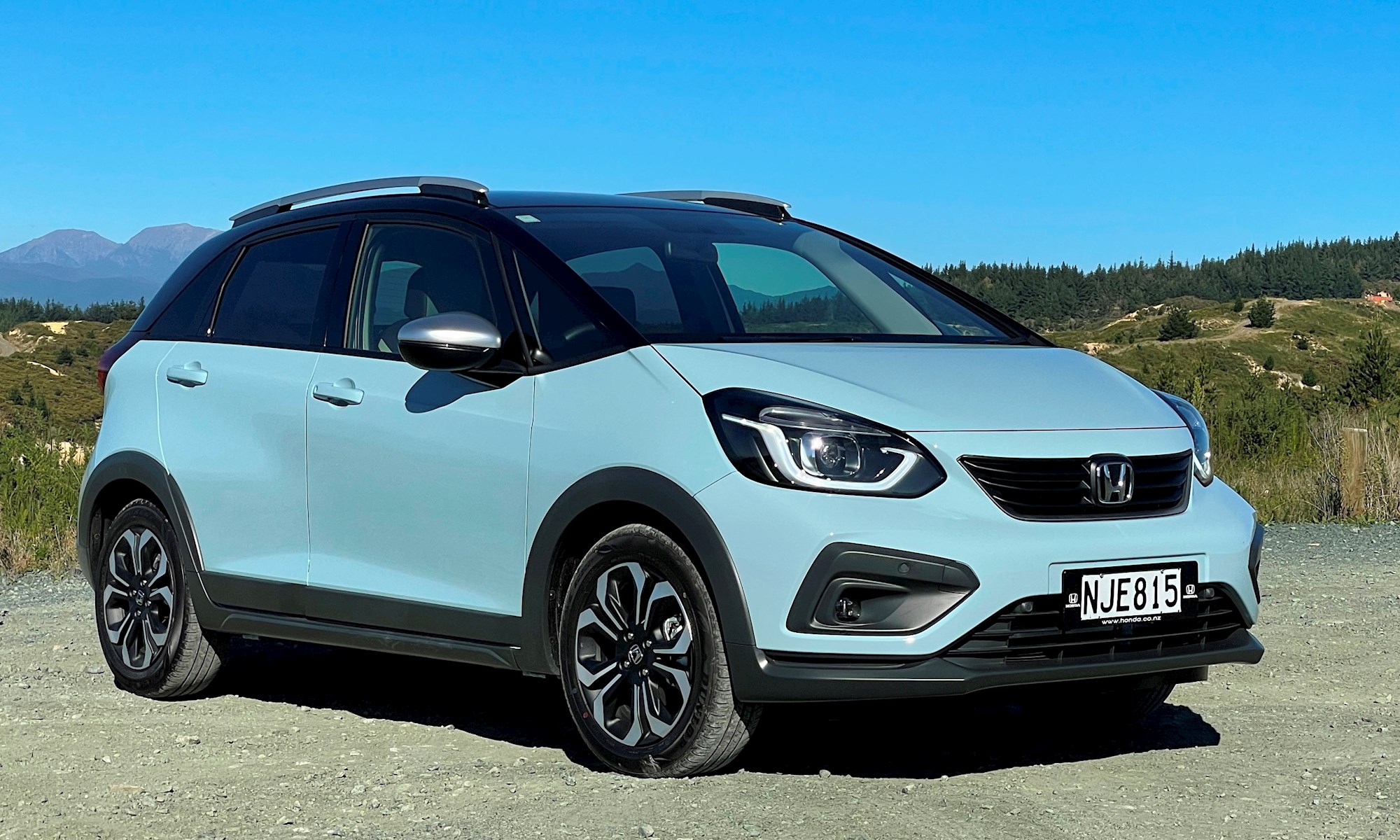
The interior has made a huge leap forward across the range, with crisp design and little of the murky multi-layered infotainment system stuff that blights other Honda models. Wireless phone projection is standard across the range, for example, and it’s beautifully simple to set up.
The view ahead is vast thanks to a claimed 90-degree-plus field of vision, created by swapping the thicker structural A-pillars to the side and popping a people mover-style quarterlight to link to the huge windscreen.
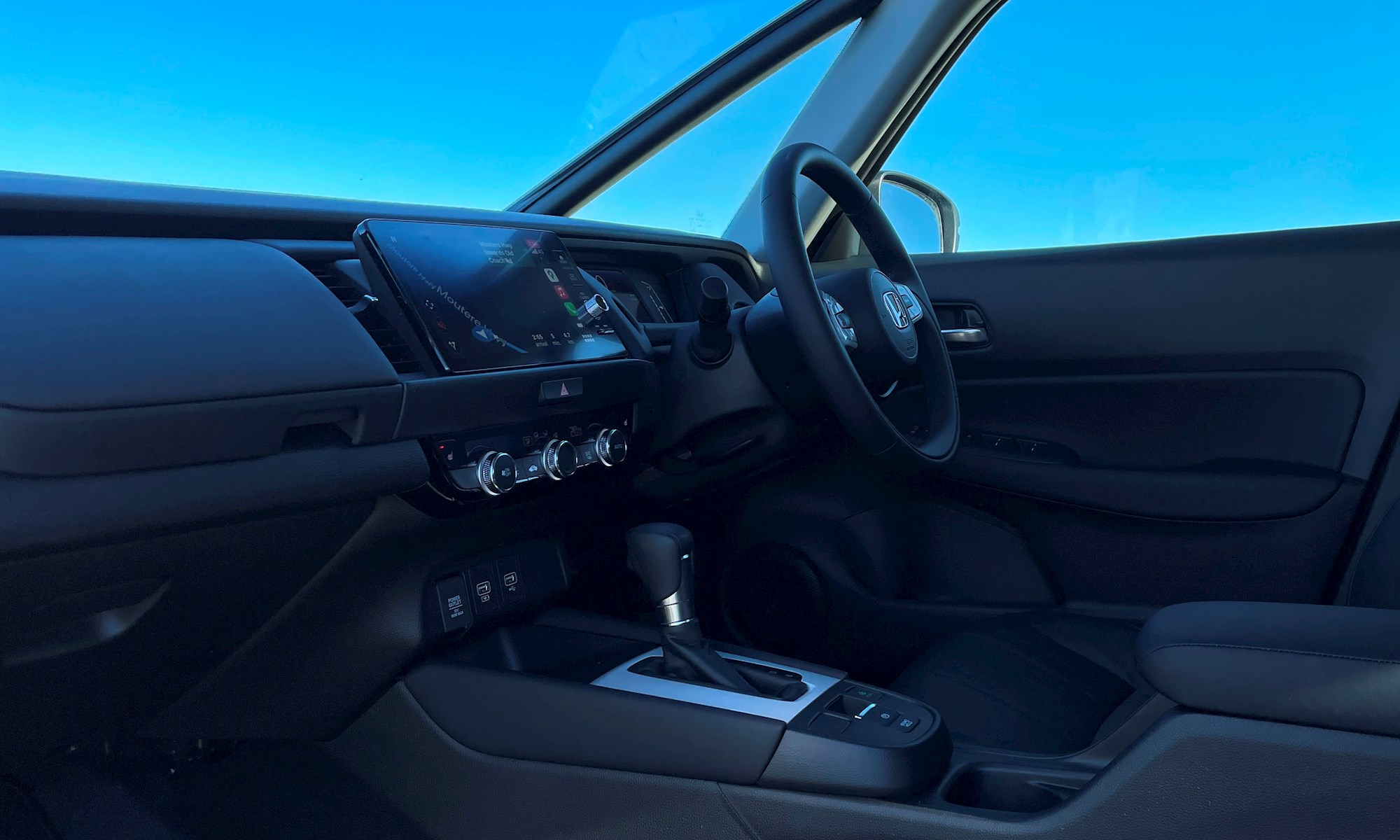
Honda’s legendary Magic Seat system continues in the new Jazz, with rear seats that fold and flip every which way to create space for anything from a quick knap to transportation for tall shrubbery.
The Luxe offers 304l of bootspace or an impressive 1590l with the rear seats folded flat (and they really do fold flat). There’s a little more in the Life and Crosstar because they don’t have as much hardware to package underneath, but Honda still has the tape measure out for those figures. They’ll be announced in July.
So which Jazz? The beauty of the new lineup is that all three versions have their own distinct personalities and dynamic character. Whichever way you look at it, Honda is back in the big league of small cars.
To view all Honda Jazz models currently listed on DRIVEN, click here
HONDA JAZZ
ENGINES: 1.5-litre iVTEC petrol four or e:HEV petrol-electric range extender/hybrid
POWER: 89kW/145Nm (iVTEC) or 72kW/131Nm (e:HEV petrol engine) plus 80kW/253Nm (e:HEV electric motor)
GEARBOX: Continuously variable, FWD
ECONOMY: 5.8l/100km (iVTEC) or 2.8l/100km (e:HEV)
PRICES: $28,000-$35,000











